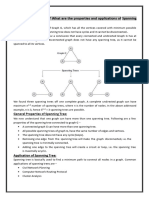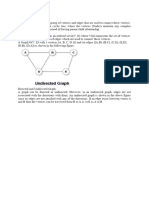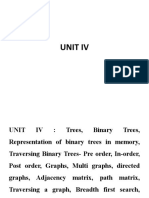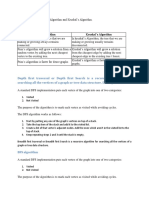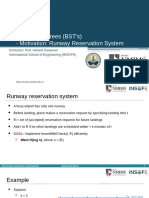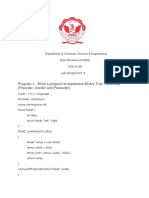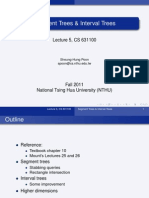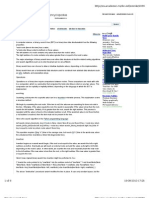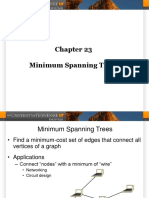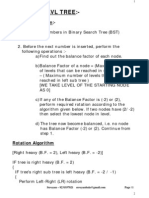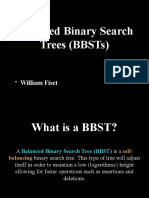0% found this document useful (0 votes)
4 views12 pagesLecture 15
The document provides an overview of tree data structures, including definitions of key terms such as root, child, parent, sibling, leaf, internal nodes, ancestor, and descendant. It also discusses binary trees and binary search trees, explaining their properties and traversal methods. Additionally, it covers Minimum Spanning Trees (MST) and algorithms for finding them, specifically Prim's and Kruskal's algorithms.
Uploaded by
gawetew183Copyright
© © All Rights Reserved
We take content rights seriously. If you suspect this is your content, claim it here.
Available Formats
Download as PDF, TXT or read online on Scribd
0% found this document useful (0 votes)
4 views12 pagesLecture 15
The document provides an overview of tree data structures, including definitions of key terms such as root, child, parent, sibling, leaf, internal nodes, ancestor, and descendant. It also discusses binary trees and binary search trees, explaining their properties and traversal methods. Additionally, it covers Minimum Spanning Trees (MST) and algorithms for finding them, specifically Prim's and Kruskal's algorithms.
Uploaded by
gawetew183Copyright
© © All Rights Reserved
We take content rights seriously. If you suspect this is your content, claim it here.
Available Formats
Download as PDF, TXT or read online on Scribd
/ 12










